Slowly, like volcanic lava, a wave of criticism has engulfed the recent February 5 Democratic Primary in New York City. The headline of a February 16 New York Times story in the paper’s local Metro section read: Unofficial Tallies In City Understated Obama’s Vote. The article reports that “a review by The New York Times of the unofficial results reported on primary night found about 80 election districts among the city’s 6,106 where Mr. Obama supposedly did not receive even one vote, including cases where he ran a respectable race in a nearby district.” Some of these districts were in Harlem and Brooklyn and are heavily populated by black and Hispanic voters.
Despite the pronouncements of Mayor Michael Bloomberg, who called the “undercount” an outrage and a euphemism for fraud, deeper investigative reporting by mainstream media has been lacking. The major local and national media outlets have curiously minimized the issue of whether there was systemic voter fraud in the New York City primary.
Mayor Bloomberg has characterized the Board of Elections (BOE) as “the last outright pure partisan patronage organization we have in this state and in this city” and called for major BOE reforms in recent months. Eleven days after the primary, city election officials announced that their formal review of the results would not be completed for weeks and called "major discrepancies" between the “unofficial” publicly reported vote totals and the actual tally on hundreds of voting machines citywide an “anomaly.” The NYC BOE regularly cites such “anomalies” in any vote count. This is part of the process; it is how the system is set up in New York City.
New York State Senator Bill Perkins (D) of Harlem, an early supporter of Barrack Obama, told the New York Post, “Every election has problems, but in this case, all the problems seem to have been his. He got all the zeros and undercounting.” Senator Perkins further noted that if the results were accurately represented, there would not have been “a false momentum for Hillary Rodham Clinton” – an obvious reference to the ensuing Clinton victory in California over Obama.
The 94th Election district in Harlem, one of those that initially reported no votes for Senator Obama, sits within the Congressional District of Charles B. Rangel, a staunch Clinton supporter. New York State Assemblyman Keith Wright (D), also a Clinton supporter, stated to the Times reporter that he believes there is an innocent explanation for the vote undercount, such as clerical error. He said that “being around politics for the last 25 years, I know that no candidate gets zero votes.” Another Harlem political activist, Dr. Lenora Fulani, a respected Independent, was quoted in an OPED.com article stating that “all of New York’s black members of Congress backed Hillary and helped produce her highest percentage of the black vote anywhere in the country.”
MSNBC’s exit poll data from New York’s statewide primary reports 61% of blacks and 37% of whites voted for Senator Obama. In contrast to these statewide results, in one Harlem district New York City’s unofficial primary-night returns suggested a 141 to 0 sweep by Senator Clinton. After review and corrections of the tabulations, by February 16 the vote in that same district was reported as 261 for Clinton and 136 for Obama. In an even more heavily black district in Brooklyn, where the vote on primary night was unofficially publically reported as 118 to 0 in favor of Mrs. Clinton. In the updated count, as reported February 16, she led 118 to 116.
So what transpired between election night’s unofficial vote count and the next updated count days later that shrank Senator Clinton’s margin of victory in the Harlem district and brought the count to within three votes of a victory for Obama in the Brooklyn district? What accounts for this disparity in reported votes?
Assemblyman Vito P. Lopez, Democratic chairman of the 53rd Assembly District in Brooklyn and a Clinton supporter, quoted in the New York Times article, stated, “We ran it the old fashioned way. Still, the 118 to 0 vote has to be a mistake.”
The current voting apparatus in New York City is in a shameful state of disarray. If voting machines purchased four decades ago are either incapable of accurate tallies or subject to repeated human or mechanical error, then alternate methods of voting procedures must be adopted. As registered voters living in Harlem, my wife and I were appalled to discover that initial election returns after polls closed reported that Obama had not received a single vote in a number of districts.
The Times article published a graphic that outlined the vote-counting process, which goes something like this:
1) Inspectors in 6,106 districts examine the machines and manually write their findings on a tally sheet.
2) The Inspector turns his or her sheet over to a police officer assigned to the polling place.
3) The police officer carries the sheet to the precinct where the officer enters the numbers into a computer.
4) The computer reports the results to the Associated Press, which disseminates them to the media.
5) New York City election officials gather in each borough at the locations where voting machines are stored.
6) Armed with a re-canvass worksheet on which someone from the Board of Elections has written unofficial results, a Republican and a Democrat go to each machine and write official tallies.
New York City’s vote-counting process seems equivalent to an electoral tag-team match – an archaic procedure, fraught with possibilities for human and mechanical error and discrepancy. The current procedure is tantamount to the old parlor game of “telephone” in which a message is passed along through a group and at its final utterance becomes totally distorted and confused.
This essay is not intended to impute any wrongdoing on the part of elected officials or New York City officials. There does, however, seem to be a lack of political will to solve the intractable problem of inoperable voting machines and arcane vote-counting procedures, neither of which serve the public interest. In an election that may be decided by razor-thin margins in the delegate count, every vote should be counted accurately. Election planners have the dual obligation of providing efficiency and transparency in Board of Election voter operations.
In its present form, New York City’s voting apparatus stands to threaten the integrity of our democratic and electoral process. With election workers relaying hand written vote tallies from inspector to police officer to the press for public dissemination, and later redeploying a second re-canvass by Board of Election Officials, including one Republican and one Democrat, it should come as no surprise that the process is riddled with mistakes, miscounts, and reporting delays. And now the mayor opines of possible voter fraud.
Apart from the New York Times article, few mainstream media have reported on this issue with any investigative depth. Even the New York Times report offered only vague references that did little to reveal the extent of the problem. For example, the reporter alluded to possible inaccuracies in the vote count for Senator Clinton as well as for Senator Obama, but no numbers were given. The Harlem-based Amsterdam News, which has endorsed Hillary Clinton, is typically a clear, perennial voice on matters of social justice and the political aspirations of black Americans, but it has remained silent on this issue.
Perhaps by November’s general election political leaders and city officials will have summoned the will to do the right thing and revamp the city’s archaic voter-count process. For the sake of democracy, let us all hope so.
Monday, February 25, 2008
Subscribe to:
Post Comments (Atom)

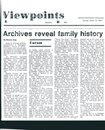





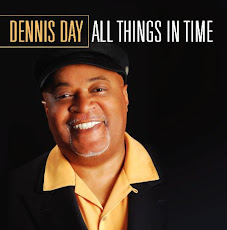
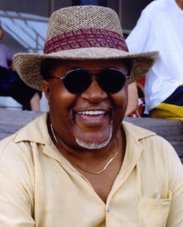
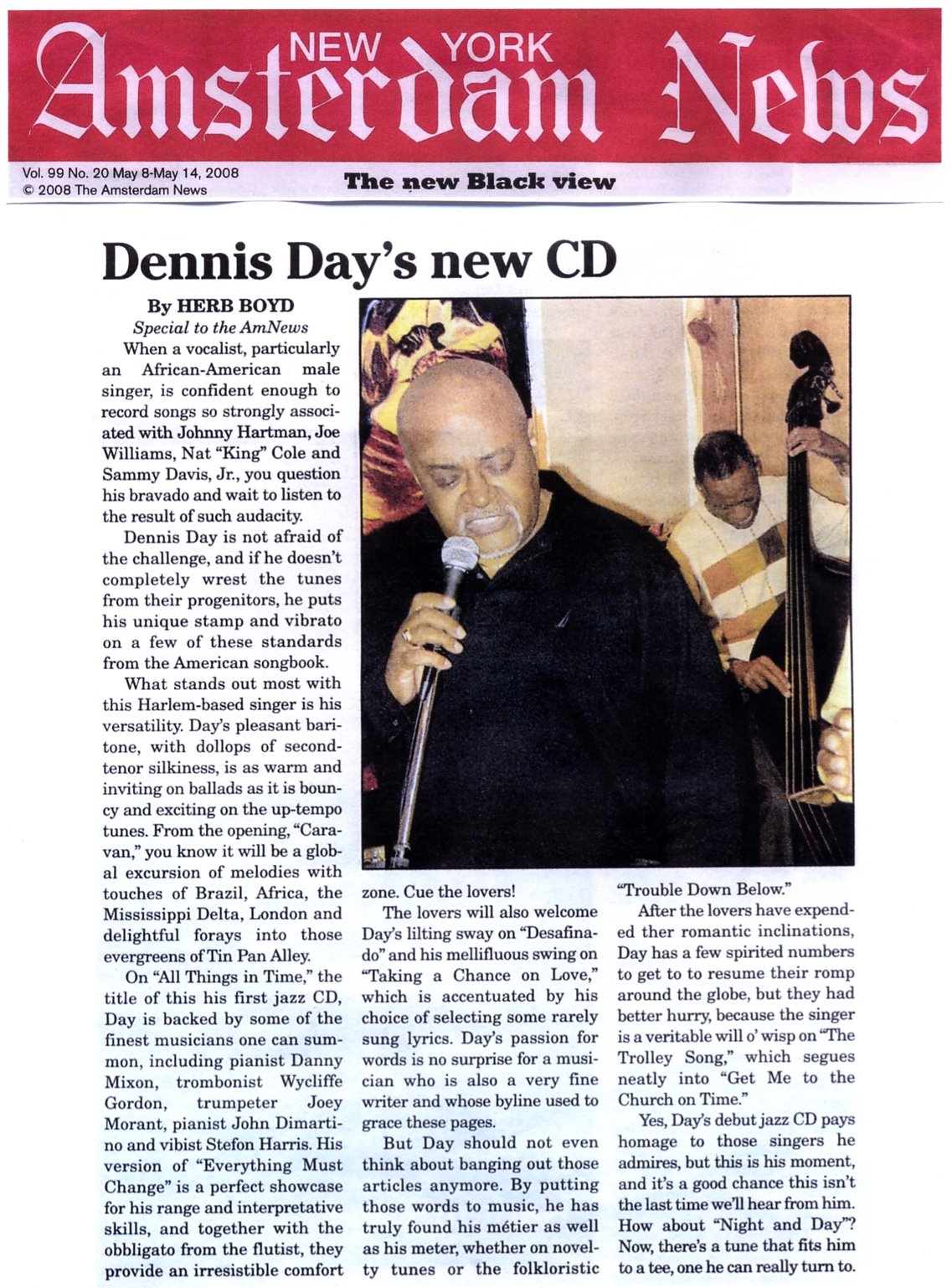
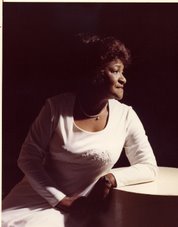
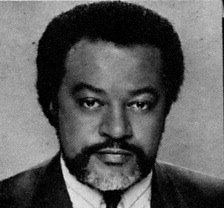
No comments:
Post a Comment